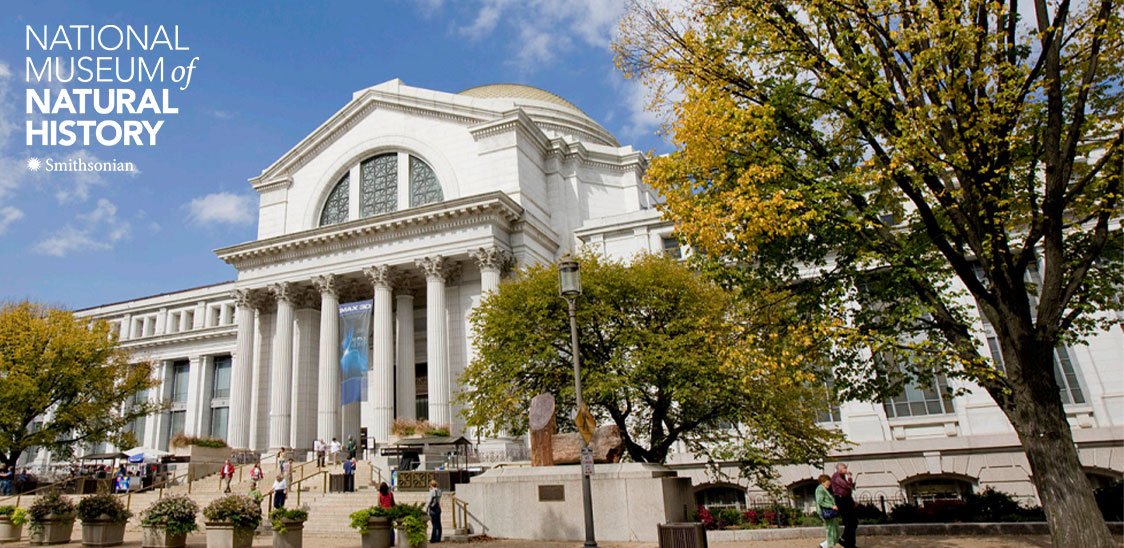
|
|
Image credit: Chip Clark, Smithsonian.
|
|
The Museum Online – Activities, Events, and Resources
|
| |
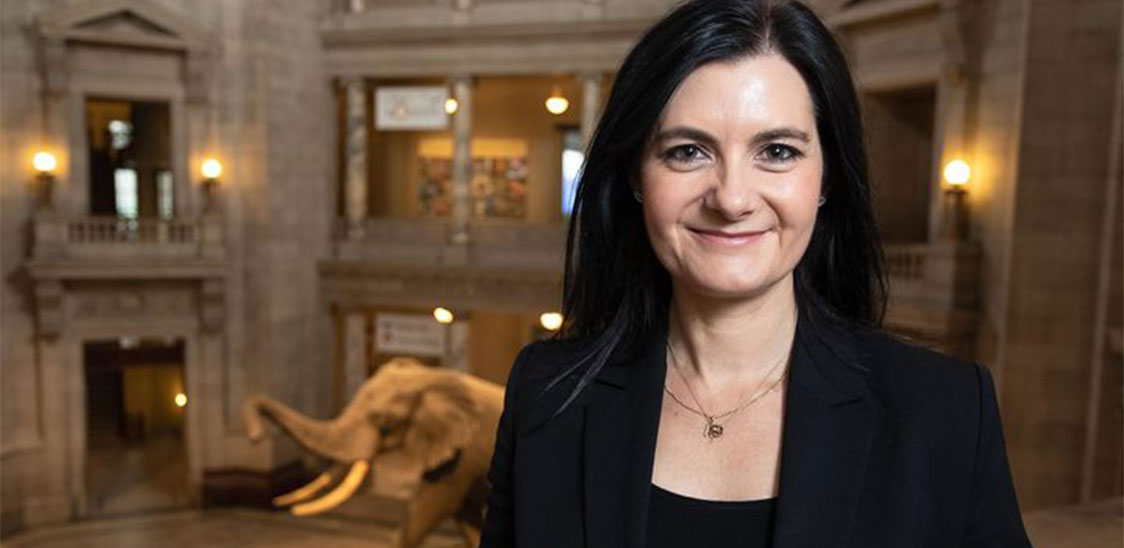
|
|
Dr. Rebecca Johnson. Image credit: Kate D. Sherwood, Smithsonian
|
|
Meet the Smithsonian's Newest Chief Scientist
Get to know Dr. Rebecca Johnson, the woman leading science at the National Museum of Natural History, in her interview for the Smithsonian Voices blog. See what she says about investigating the past to understand the present.
|
| |
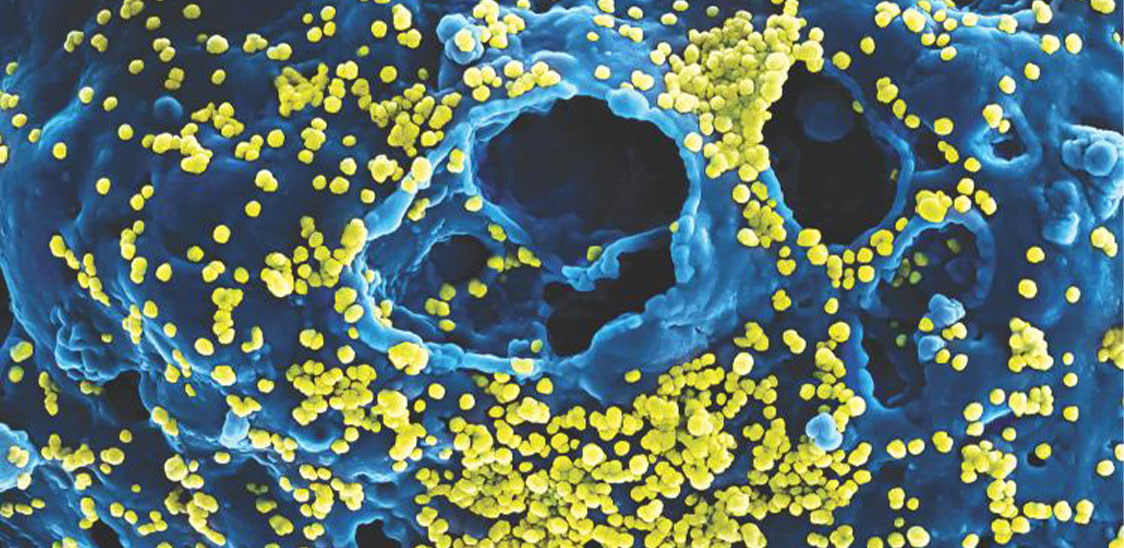
|
|
Image: Smithsonian
|
|
Outbreak: Epidemics in a Connected World Digital Exhibit
Our world is connected more than ever before—by global travel and trade, by technology, and even by infectious diseases. Human health is connected to animal and environmental health. As our population grows, we interact with animals and the environment in new ways that can cause disease outbreaks and epidemics.
|
| |
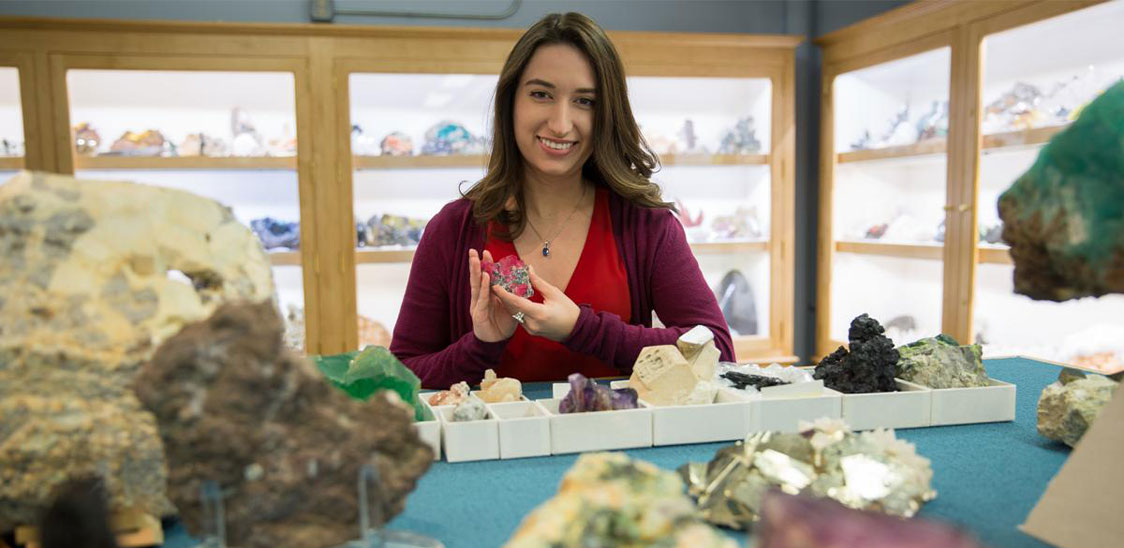
|
|
Geologist Gabriela Farfan, Image credit: Jennifer Renteria, Smithsonian.
|
|
Smithsonian Science How Video Webinars
Our popular webcast series is being presented via video webinars to connect learners to natural history science and careers more often. Webinars are presented in Zoom video. This week, join geologist Gabriala Farfan to learn about the minerals around us, what makes "biominerals" so special, and what factors impact their growth. (Registration is requested, but not required.)
Exploring Minerals with Geologist Gabriela Farfan
Thursday, April 9, 2020, at 2:00 p.m. EDT
|
| |
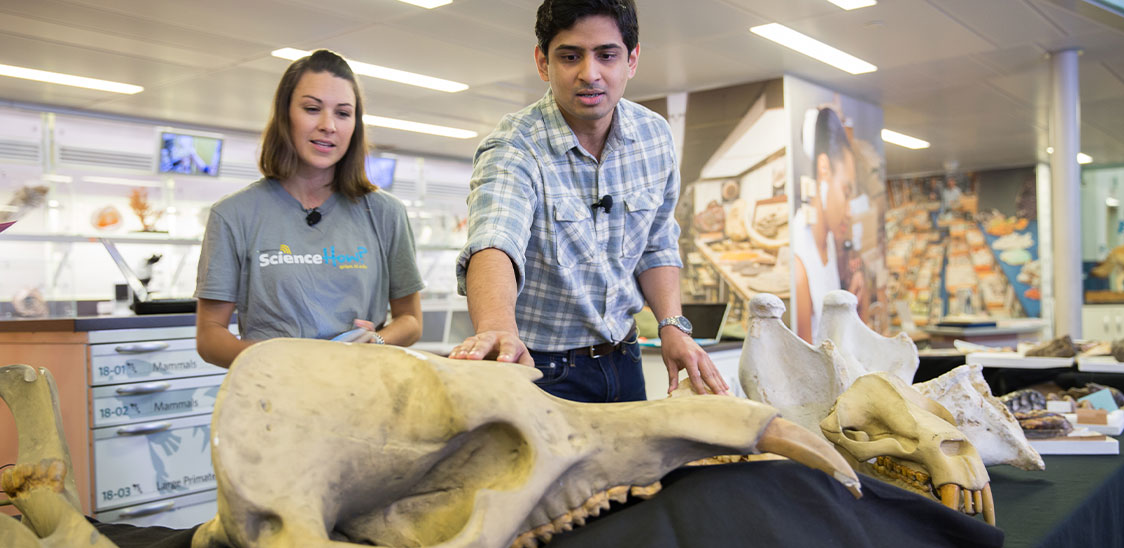 |
|
Paleontologist Advait Jukar with Maggy Benson. Image credit: Jennifer Renteria, Smithsonian.
|
|
Video Webinar: Fossil Friday with Paleontologist Advait Jukar
Connect with paleontologists from the National Museum of Natural History to explore fossils and connections to Earth's history in this video webinar series. Experts will prompt students to make and share observations throughout the webinar and will take student questions throughout the program. This Friday, paleontologist Advait Jukar will talk about the evolution of elephants, and why we only have three species alive today. (Registration is requested, but not required.)
Ancient Elephants and Their Modern Relatives
Friday, April 10, 2020, 2:00 p.m. ET
|
| |
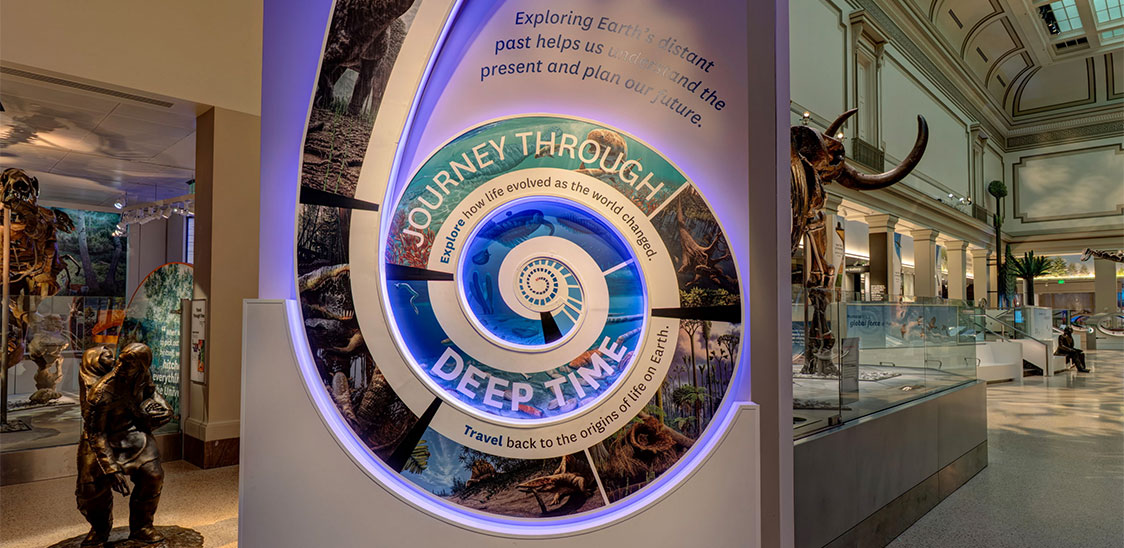
|
|
Image credit: Loren Ybarrondo
|
|
Tour the David H. Koch Hall of Fossils – Deep Time
The museum may be closed, but you can experience the exhibition from home with this virtual tour. Click and drag with your mouse to explore the 3D space and follow the arrows to move through galleries.
|
| |

|
|
Image: Smithsonian
|
|
Human Evolution Timeline Interactive
Explore the evidence for human evolution in this interactive timeline, which combines evidence from the human fossil record, evidence of prehistoric behavior from the archaeological record, and evidence of ancient climate change.
|
| |
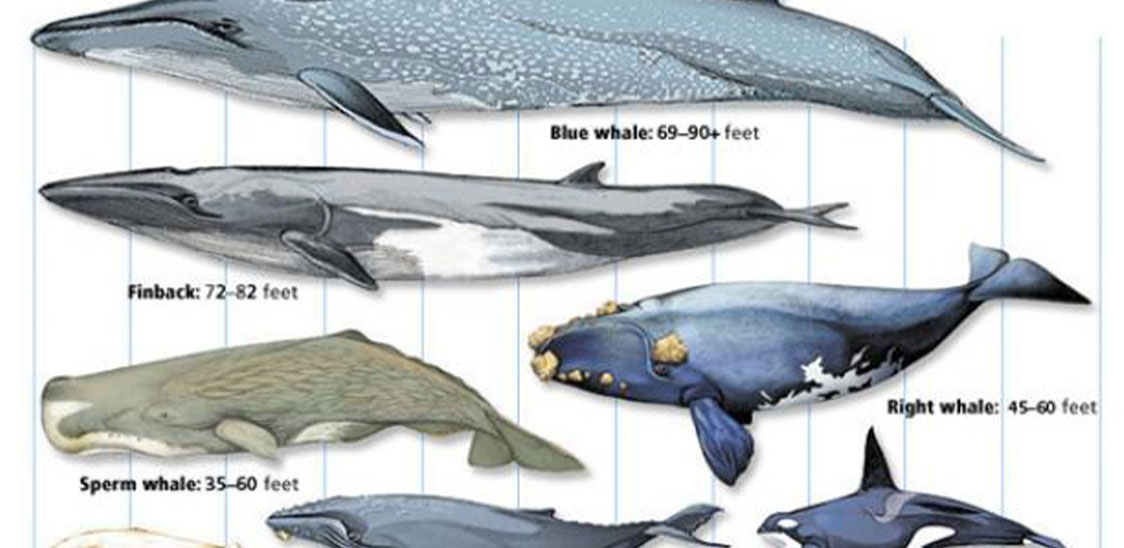
|
|
Image: Smithsonian
|
|
From the Ocean Portal: Whales!
Did you know the largest animal to ever live on Earth is the blue whale? But they weren't always so big. Baleen whales didn't start getting so huge until roughly 4.5 million years ago, at the transition of the Miocene into the Pliocene.
What other questions do you have about whales? We've got all the answers in our whales overview page on The Ocean Portal.
|
| |
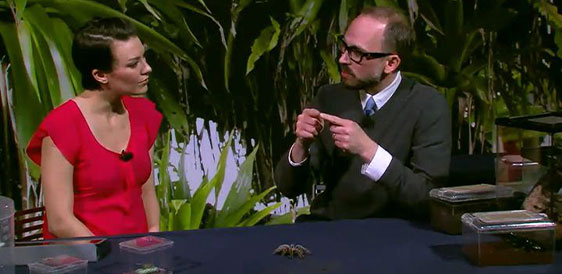
|
|
Host Maggy Benson. Image credit: Jennifer Renteria, Smithsonian.
|
|
Smithsonian Science How Video Archives
Watch any or all of our 52 Smithsonian Science How videos featuring Smithsonian experts covering topics in Earth Science, Life Science, Paleontology, and Social Studies.
|
| |
 |
|
Image: Smithsonian
|
|
More Free Online Resources
|
| |
| |
|
Thank You
Thanks to support from generous people like you, the National Museum of Natural History is able to continue providing free educational resources, digital exhibits, and more. We're so grateful for your partnership.
|
| |
|
|
|
|


